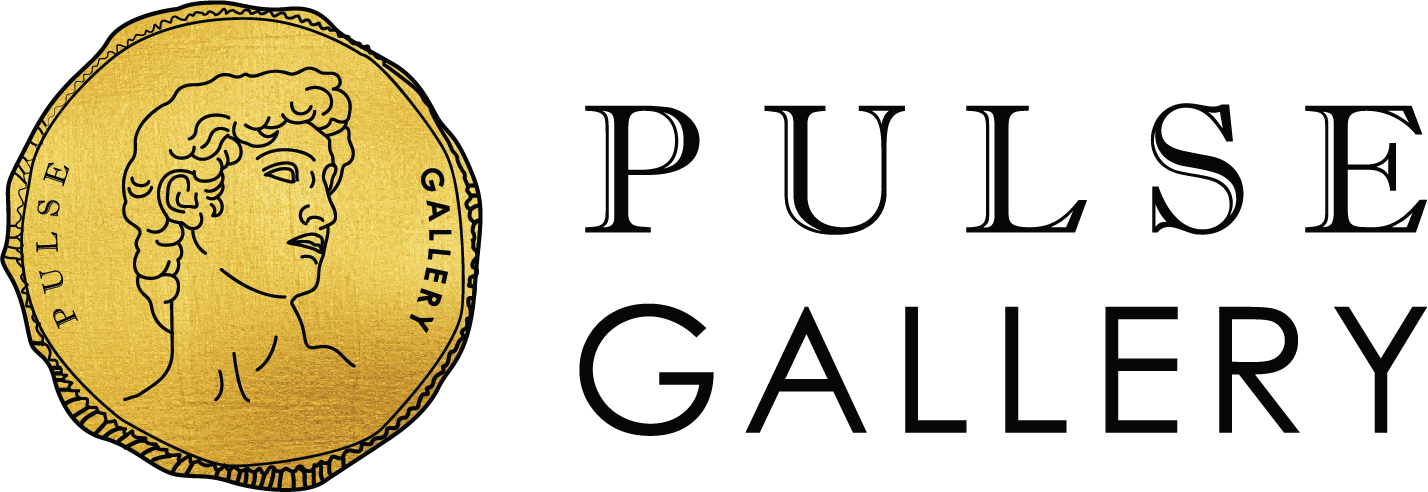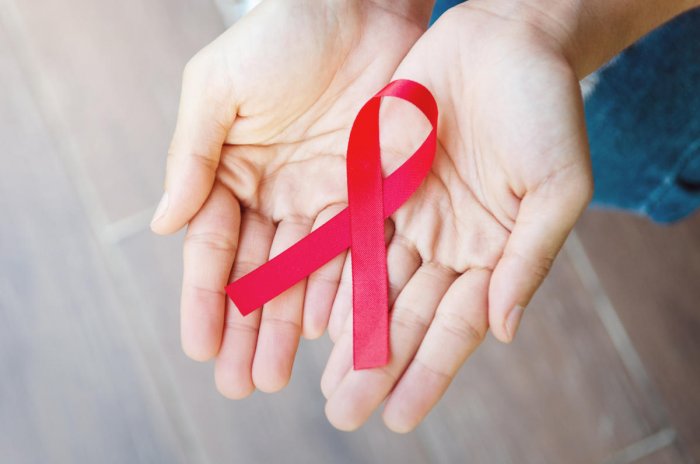Cognitive Behavioral Therapy for Anxiety
2873
the goal of CBT is to identify and understand your negative thinking and ineffective behavior patterns and replace them with more realistic thoughts.

Written by Dr.Deyn on 28 June 2016, last reviewed and updated on 22 July 2022
Cognitive Behavioral Therapy for Anxiety
Cognitive behavioral therapy (CBT) is the most widely-used therapy for anxiety disorders. Research has found it to be effective in treating SAD, GAD, phobias, and panic disorders, among other conditions.
The premise of CBT is that your thoughts—not your current situation—affect how you feel and subsequently behave. So, the goal of CBT is to identify and understand your negative thinking and ineffective behavior patterns and replace them with more realistic thoughts and effective actions and coping mechanisms.
During this process, your therapist acts like a coach teaching you helpful strategies. For example, you might do a lot of "black-and-white" thinking, where you assume that things are all bad or all good. Instead, you would replace those thoughts with the more realistic perception that there are many shades of grey in between.
It takes practice to use these strategies. Once you start to recognize your anxiety and your triggers, you can learn to apply the coping skills that you learn in CBT to manage fear, panic, and worry.
Exposure Therapy
Exposure therapy is one of the most common CBT methods used to treat a variety of anxiety disorders, including specific phobias, SAD, and PTSD. The basic premise behind exposure therapy is that if you're afraid of something, the best way to conquer it is head-on.
During exposure therapy, your therapist will slowly introduce you to anxiety-producing objects or situations. This is often done using a technique known as "systematic desensitization," which involves three steps:
- Relax: Your therapist will teach you relaxation training to help combat your anxiety. Examples of relaxation training include progressive muscle relaxation, deep breathing, meditation, and guided imagery.
- List: Create a list of your anxiety-provoking triggers, ranking them in terms of intensity.
- Expose: In this final step, you'll gradually work your way through your listed anxiety-provoking objects or situations, using the relaxation techniques when necessary.
There are several ways your psychologist may choose to expose you to your anxiety-provoking stimuli. Here are the most common:
- Imaginal exposure: In this type of exposure, you'll be instructed to vividly imagine your anxiety-provoking object or situation.
- In vivo exposure: In this method, you'll face your anxiety-provoking object or situation in real life. So with this type of exposure, a person with social anxiety might be instructed to give a speech in front of an audience.
- Virtual reality exposure: In some cases, virtual reality can be used when in vivo exposure isn't possible. Virtual reality therapy uses technology to combine elements of in vivo and imaginal exposure. This method has proven especially helpful for soldiers and others who live with PTSD.
Dialectical Behavioral Therapy
Dialectical behavior therapy (DBT) is a highly effective type of CBT. Originally used to treat borderline personality disorder (BPD), DBT is now used to treat a variety of conditions, including anxiety.
DBT focuses on helping you develop what seems like a "dialectical" (opposite) outlook, acceptance, and change. During DBT treatment, you'll learn to both accept your anxiety all the while actively working to change it. It's similar to the notion of loving yourself the way you are, while still trying to change yourself for the better.
DBT treatment teaches four powerful skills:
- Mindfulness: Connecting with the present moment and notice passing thoughts (like anxiety) without being ruled by them
- Distress tolerance: Managing your anxiety when faced with a stressful situation
- Interpersonal effectiveness: Learning how to say no, or ask for what you need
- Emotion regulation: Managing anxiety before they get out of control
Acceptance and Commitment Therapy
Acceptance and commitment therapy (ACT) is another form of therapy that has been shown effective for a variety of anxiety disorders. ACT involves identifying your values in life and then acting in ways that match your values.
Art Therapy
Art therapy is a non-verbal, experience-oriented therapy. It involves either using visual art (such as painting, drawing, sculpting) to express and process emotion or using art to practice mindfulness and relaxation. Although it can be provided as a standalone therapy, it's commonly used in combination with other treatment methods such as CBT.
Being a newer form of therapy, more research is needed to confirm its effectiveness in reducing anxiety symptoms.
Psychoanalytic Therapy
According to this Freudian model, anxiety symptoms reflect unconscious conflicts. The purpose of psychoanalytic therapy is to resolve them. In psychoanalysis, you and your therapist examine your thoughts, fears, and desires to better understand how you view yourself and to reduce your anxiety. This is one of the most intensive forms of treatment; it can take years to identify patterns in your way of thinking.
The terms "psychoanalysis" and "psychodynamic therapy" are often used interchangeably, but psychoanalysis is actually a subset of psychodynamic therapy.
Interpersonal Therapy
Interpersonal therapy (IPT) focuses on social roles and relationships. In IPT, you'll work with your therapist to identify any interpersonal issues you may have, such as unresolved grief, conflicts with family or friends, changes in work or social roles, and problems relating to others. You'll then learn healthy ways to express emotions and ways to improve your communication with others.
Although originally developed to treat major depression, IPT may be used if your anxiety relates primarily to your relationships with other people, as is the case with SAD.
Trust PULSE CLINIC to take care of your health like other 45000 people from over 130 countries. We provide discreet professional service with high privacy. Here to help, not to judge.
Add us on Line and stay in touch.







